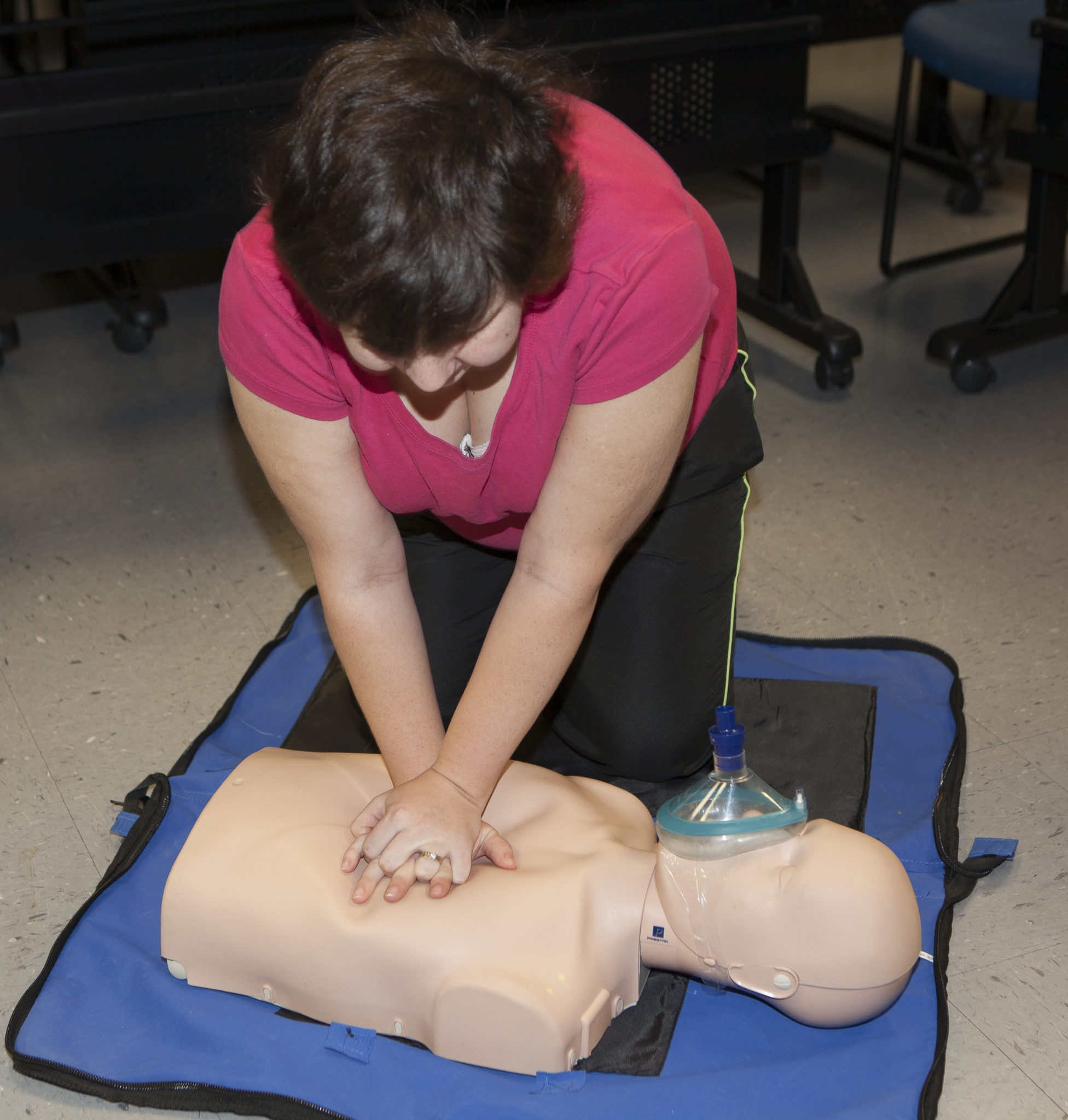Pulse CPR Training!…Emergency dispatchers should be taught how to give compression-only CPR instructions over the phone, according to updated CPR guidelines for adults and children issued Tuesday by the American Heart Association.
Such coaching is provided by only half of the nation’s 911 dispatchers, a 2015 study shows.
During a stressful, life-or-death situation such as cardiac arrest, dispatchers can tell callers exactly what to do, or help trained callers remember what they learned until paramedics arrive, said Karl Kern, M.D., chair of AHA’s emergency cardiovascular care committee.
And it works, Kern said. Research shows bystander CPR rates improve when a 911 operator guides callers through giving chest compressions.
“Doing anything is better than nothing,” said Kern, a professor of medicine at the University of Arizona College of Medicine-Tucson’s Sarver Heart Center. He said that adding dispatcher-assisted CPR to local 911 systems takes extra effort and training but it’s the right approach. Kern was not involved in writing the updated guidelines, which were published in Circulation.
According to the AHA, the guidelines are used worldwide to train more than 22 million people each year. CPR can double or triple a person’s chance of survival, especially if performed within the first few minutes of cardiac arrest. Less than half of the more than 350,000 Americans who have a cardiac arrest outside a hospital each year receive CPR from a bystander.
The roughly 7,000 U.S. children who have an out-of-hospital cardiac arrest each year are more likely to survive if they receive both chest compressions and rescue breaths, the guidelines say. That’s because cardiac arrest in a child typically results from breathing issues leading to a lack of oxygen, such as drowning. Rescue breaths add oxygen to the bloodstream, and pumping the chest moves the oxygen-rich blood through the body.
For adults, however, cardiac arrest is usually caused by a heart issue. This often leaves oxygen in the blood, which can be pumped through the body with compression-only CPR.
The AHA issued its last set of CPR guidelines in 2015. Until now, the guidelines have been updated every five years through an exhaustive process involving more than 250 international experts from the AHA and six other resuscitation councils that form the International Liaison Committee on Resuscitation, or ILCOR.


